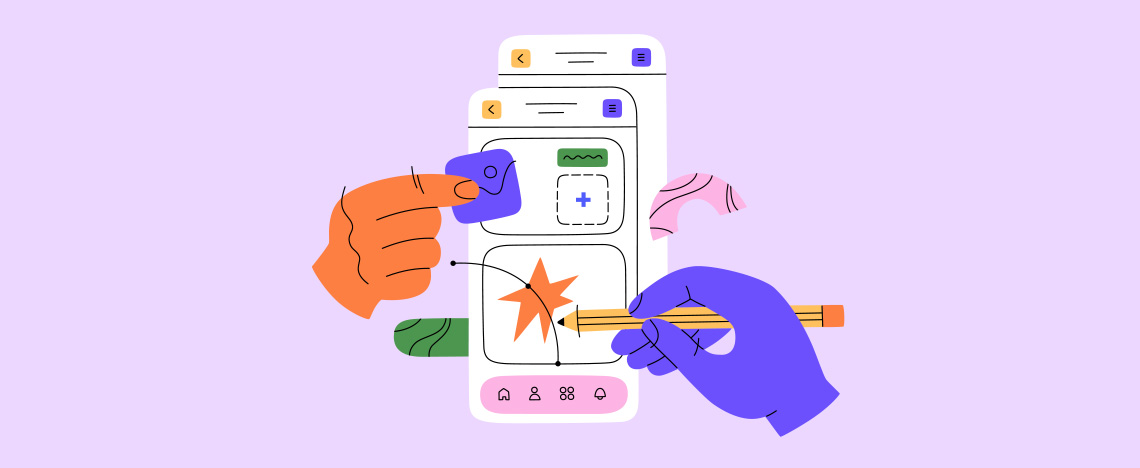
Translating Your Brand Into Your Website Design

Branding and website design are about so much more than just showcasing your logo, tagline or color scheme. It’s the very essence of your company’s identity, shaping how the world sees and responds to you.
But how do you translate something somewhat hazy, like a personality or set of values, into something tangible like a website? Bringing together different elements, from visual style to voice, evokes a specific and intentional emotional response from the audience. Done right, it takes the user on a journey that tells your story and makes them part of it.
The feelings and narrative you convey through your website truly can make or break your brand’s identity.
So, how do you get it right? As a designer, I work with client organizations every day figuring that out. Here’s a behind-the-scenes look at what goes into a successful brand-to-website translation.
Understand Your Brand Identity (and Personality)
Before you can translate your brand into anything, you have to have a solid understanding of exactly who you are.
The good news is you don’t have to figure that out alone! Clients often come to us for support with brand strategy alongside a website design project. I won’t go too deep into branding discovery and strategy (if you want to know more, you can read about our process), but there are two main components that matter in terms of website design.
Your brand currently from the consumer point of view
Understanding how your brand is perceived, externally as well as internally, is key to unlocking your voice, tone and style.
That includes looking at your:
- Mission and vision
- Culture and history
- Business strategy and goals
- Key products and services
- Competitive landscape
Your ideal brand identity
This is where your brand takes shape with a visual appearance and voice that helps your personality shine through. In other words, if your company were a person – describe that person in one sentence.
Are you friendly, approachable, technical or classy? The life of the party on the edge of everything new and exciting? The trusted advisor anyone can turn to for help?
The elements that go into your brand identity include:
- Logos
- Tagline
- Key messaging
- Voice and tone
- Brand guidelines (like typography and colors)
From Brand to Story, Through Emotion
Branding, combined with website design that delights, creates a relationship-driven experience that pulls your audience in and tells the story of who you are through emotion.
Take, for example, CQuence Health’s homepage.

The holding company provides strategic guidance, professional services and investment capital to healthcare companies. Their website is clean, crisp and straightforward. The message that it gives? That they’re trustworthy, established and professional.
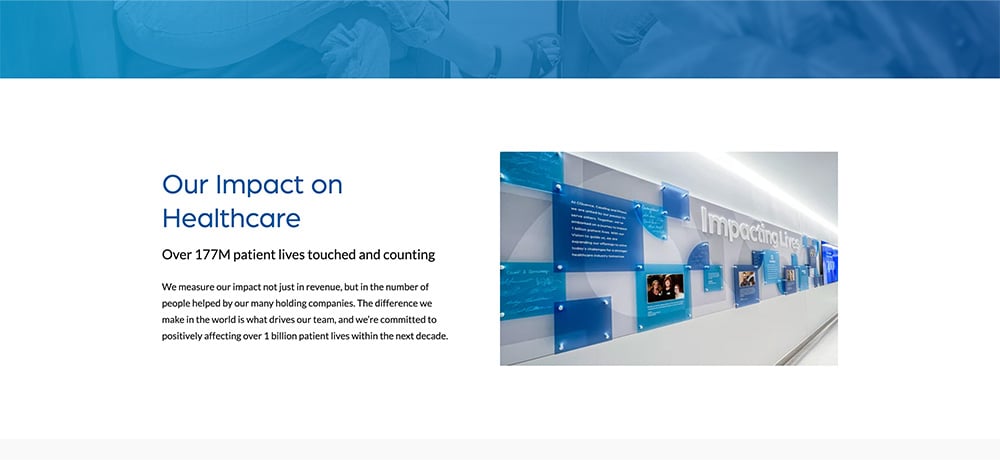
Plenty of whitespace, clear headings and company imagery makes it easy to engage with messaging. What you see is what you get.
Compare that with Cases By Source’s website.
There’s movement on the page, bold colors and strong imagery. The impression you’re left with? They’re modern, creative and innovative.
Know Your Audience
Knowing yourself is the start, but you have to also know your audience to create effective brand-driven website design that maximizes lead generation.
Designing with your buyer personas in mind is key to creating a user experience that resonates with them. Colors, fonts, imagery, video, graphics and layout can all be used to evoke emotions.
But you can’t develop a site structure, navigation, call-to-action strategy, copy or visual design that’s specific to your users if you don’t understand who they are and their needs.
That’s why, at Kuno, we start web design projects with an in-depth discovery process that includes buyer persona research and competitor analysis. And it’s not just me or another designer – we approach web design from a full-service perspective, bringing in strategists, brand journalists, SEO experts and others.
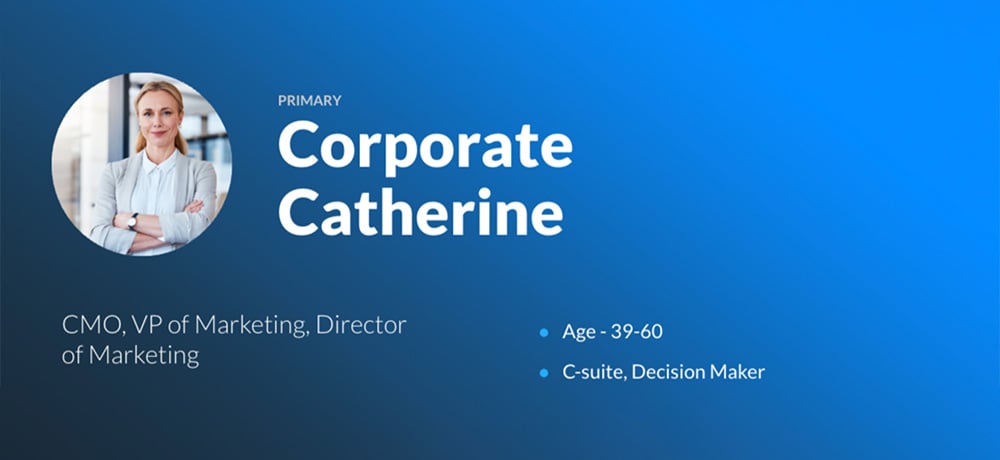
I’m a visual thinker, so I like to envision those personas as very specific people. As I’m working, I’ll envision the persona I’m designing for. How does this person dress? What do they do? What kind of job do they have? Are they wearing Prada heels or are they a New Balance person?
A Note About Competitors
We also look at what competitors in the space.
When I’m looking at a competitor’s website, the first things that stand out to me are:
- How they’re using white space
- How they’re using typography
- How they’re using imagery
Of these three elements, what’s leading? Is bold typography the main visual? Or are bright splashes of color central? What kind of imagery are they showcasing?
You need to understand how you fit into the market in order to differentiate yourself from it.
The Creative Branding Website Design Process
Clients sometimes come to us with specific ideas of how they want to translate their brand to a website. They may have examples of websites they like or fully fleshed out brand guidelines. Other times, they turn to us for strategic guidance and suggestions.
In either case, a branding website design project is highly collaborative -- both within our team and with the client.
Once the creative brief, buyer personas and competitor analysis are complete, I start researching and brainstorming ways to bring the different elements together on the page. This is when I tend to turn to my notepad to sketch some rough thumbnail drawings (see below!).
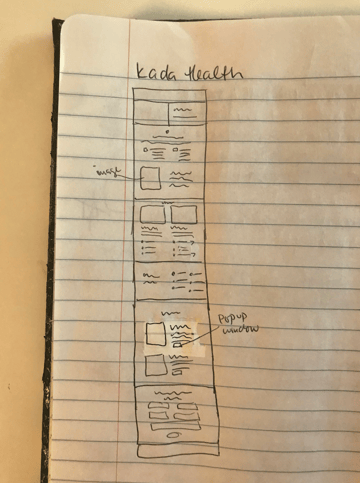
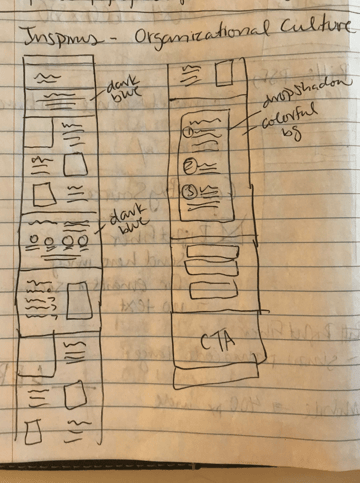
While I’m doing this, a brand journalist colleague is working on the copy for the webpages – everything from the value proposition and differentiators to the call-to-action strategy. An SEO expert makes sure that copy is optimized for search engines to make the site findable and to help turn into a lead generation machine.
Successful, strategic websites combine the power of great copy with great design. It really is a chicken-and-egg kind of situation, where copy informs design and design informs copy. That’s why designers, copywriters, strategists, SEO experts and others on our team work closely together to bring expertise from all these different areas together to tell a powerful story.
On top of that, of course, we’re also making sure the website or web page is responsive, mobile-first and following accessible website design best practices.
Tell Your Brand Story Through Web Design
Branding website design is an iterative process that provides opportunities to push the boundaries of creativity and innovation within the boundaries of the branding guidelines. That aha moment when it all comes together – not just meeting, but exceeding expectations – is thrilling.
You take an idea of what a company is and you transform it into a digital experience that delights, engages and compels the user to take action. And that’s incredibly powerful.
See how your brand can be translated into web design. Schedule a consultation with us today.





